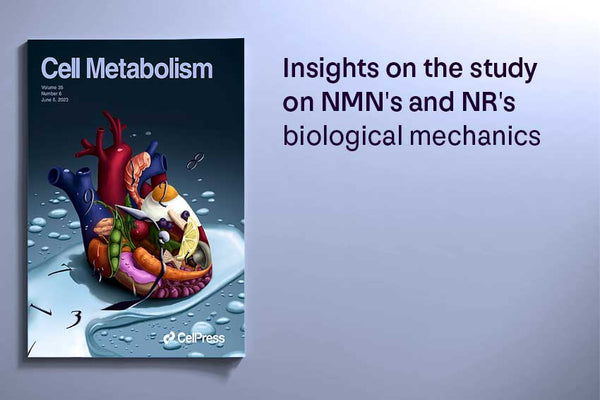
In a study published in 2018, scientists uncovered the biological mechanics of two NAD+ intermediates: nicotinamide riboside (NR) and nicotinamide mononucleotide (NMN), known for their anti-aging properties. These molecules, superseding dietary supplements in terms of popularity, are found in vegetables, fruits, and meats, in addition to our everyday diets. Research has shown that administering these intermediates provides protective and restorative effects, countering age-related diseases and pathologies. The study can be found here.
The study focused on NAD+ biology, specifically on the two molecules NR and NMN. NAD+ is a coenzyme within all living cells, found in two forms, NAD+ and NADH, that is essential to metabolic activities and serves as a regulator in protein-protein interactions. It was initially discovered by Harden and Young in 1906 and found to increase the rate of fermentation in yeast extracts. Over the years, it was also identified as a nucleotide and found to contribute to reduction-oxidation (redox) reactions. Collectively, all these studies helped to establish NAD+ and its related NADP+ as critical players in cellular metabolism.
The supplementation of NAD+ through NR and NMN has shown promising results in combating age-related functional declines and disorders. The effect of NR and NMN supplementation has been extensively investigated in various rodent models. This effect depends on the tissue distribution and expression levels of NAD+ biosynthetic enzymes, nucleosidases, and transporters. Rodents administered with NMN or NR experienced increased NAD+ concentration in various tissues resulting in beneficial or therapeutic effects.
